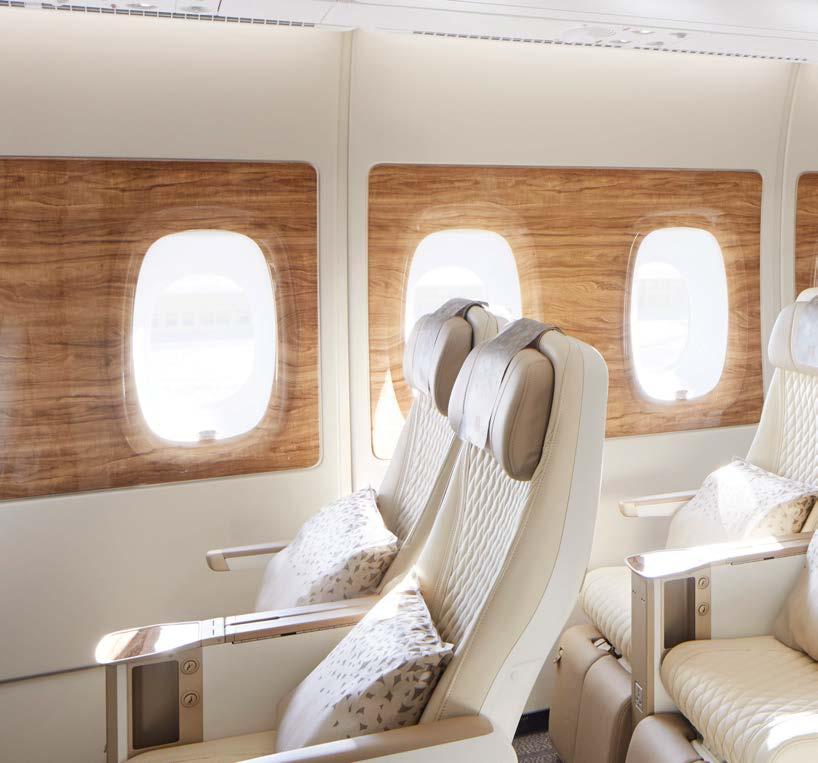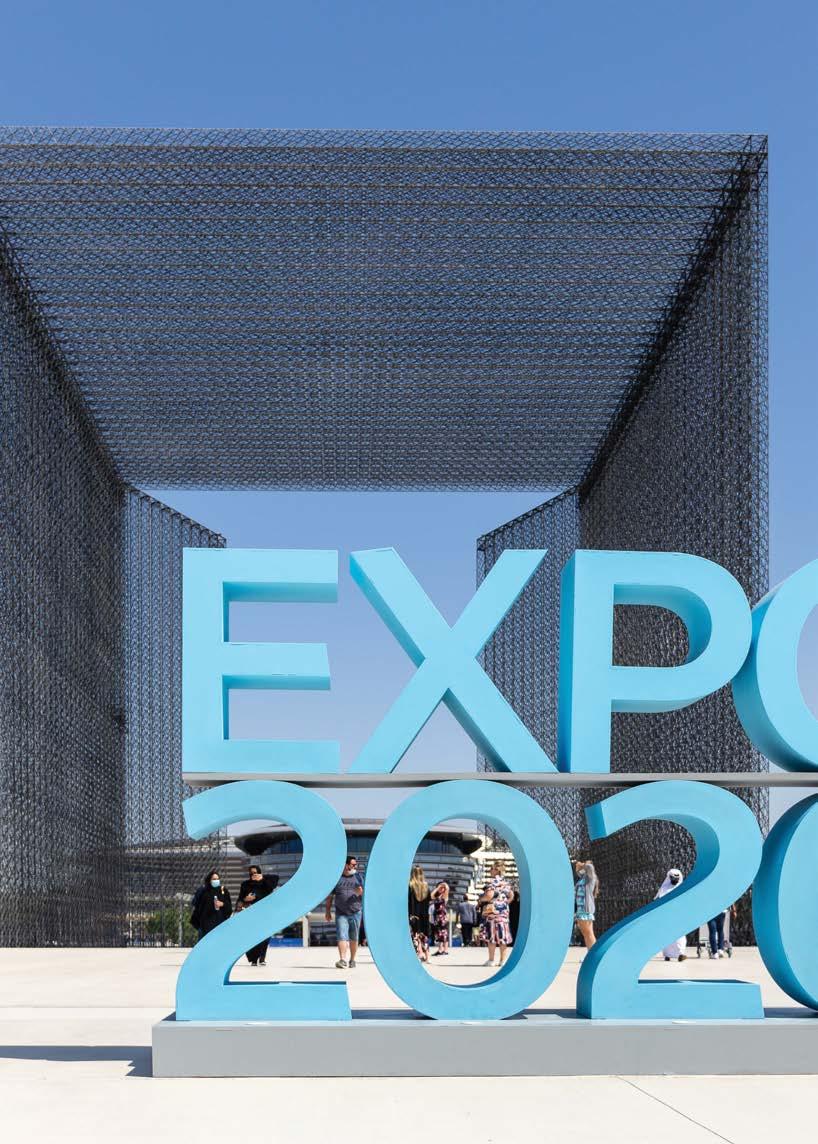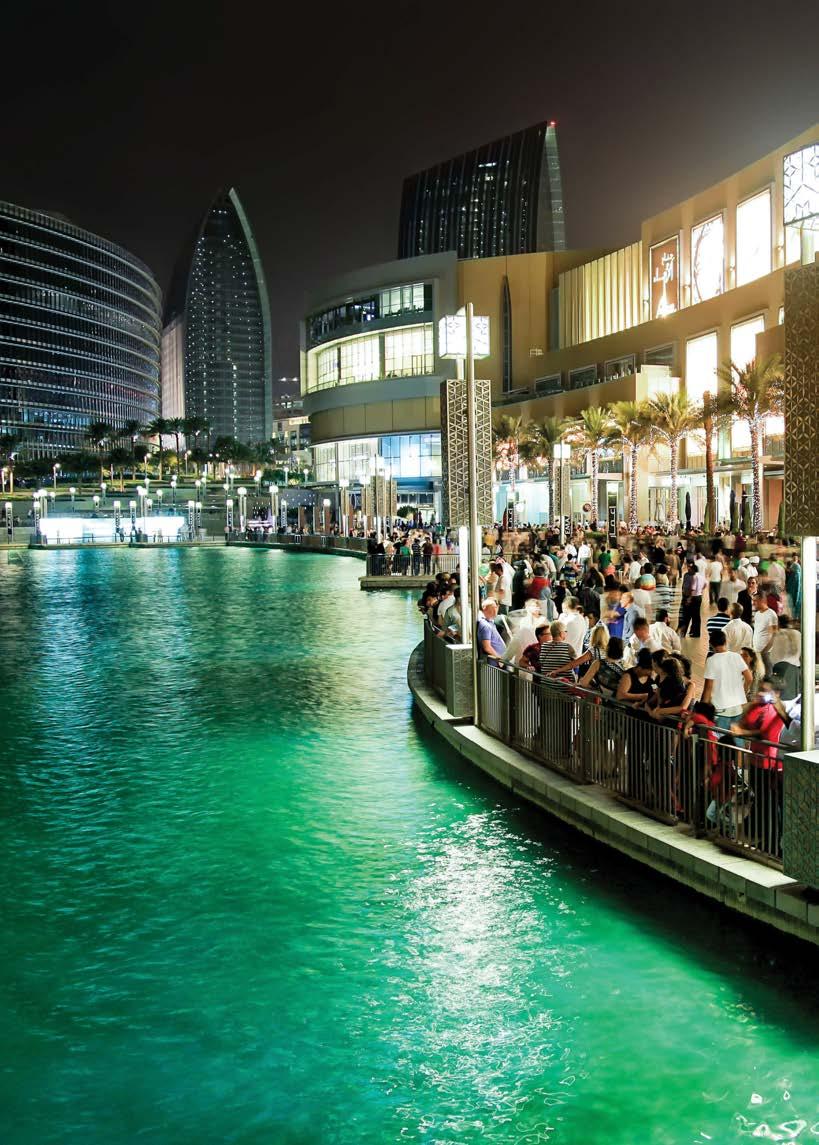
9 minute read
Destination Weddings
DESTINATION
WEDDINGS
Advertisement
From celebrity couples to those with Irish roots, when it comes to weddings, location is everything, and when it comes to location, Ireland has it all.
It’s not called the Emerald Isle for nothing. Ireland is a haven of tranquillity from pristine Atlantic coast beaches, serene lakes and streams, natural parks, green pastures, mountain ranges, and dramatic cliffs. What’s more, couples can choose to recite their vows at any number of unique locations.
Ireland has less strict requirements for legal weddings than other countries, allowing non-residents and non-Irish nationals to legally marry. Non-Irish couples only need to submit some documents and appear before the Registrar’s office days before the wedding as part of the requirement for a legally binding ceremony.
For such a special day, many couples want a unique location as well as the opportunity to vacation with family and friends, and when it comes to fairy-tale settings, they don’t get much better than Ireland.
Since Ireland is a relatively small country, vast open spaces and endless castles with large swathes of land fit the bill perfectly.

Whatever you choose, options are abundant – so get expert help in the form of the wedding organizer at your choice of venue. They will already have all the answers, including legal requirements and ceremony options, as well as the ability to provide you with contacts for everything you need to know – or better still, to do it all for you.
Some worry that the weather in the Emerald Isle might be a bit off-putting, but contrary to popular belief, it doesn’t rain all of the time. Ireland’s climate is temperate, making for an enjoyable visit at any time of the year. Therefore, you don’t need to be overinfluenced by selecting a particular time of the year. Focus on what aspect of Ireland you want to enjoy and let this determine the timing. For instance, those from countries saturated with sun love visiting Ireland in autumn and winter when log fires are burning, and nature puts on a spectacular colour show.
Regardless of the timing of your visit, the Irish welcome is always waiting and always warm.
A DREAM

DESTINATION
Nestled on 1,000 acres of undulating Irish countryside, dotted with ancient woodlands and glittering lakes, Castle Leslie is a stunningly beautiful, secluded Estate located in Glaslough, County Monaghan. It is an incredibly romantic venue for a wedding.
Still in the hands of its founding family since the mid-17th century, it is steeped in history and full of character and charm. A truly private rural escape, it is a magical setting for your special day.
At Castle Leslie Estate, expect individuality. Here, no two rooms are the same and attached to each room is its own riveting story. One of the last great houses of Ireland still in the hands of the founders, the Leslie family arrived in Ireland in the 16th century and can trace their ancestors back to Attila the Hun, so when it comes to authenticity, it doesn’t get much better.
Filled with beautiful furniture, antiques and heirlooms, the castle has 21 original, uniquely decorated bedrooms and bathrooms. Which bedroom will be yours in this sumptuous castle hotel? Perhaps the Mauve Room where an Earl hid in the big white wardrobe to surprise a Queen, or the Nursery where the giant dollhouse has been ingeniously turned into a bathroom. With its magnificent four-poster bed, the Red Room is blessed with the most stunning views of Glaslough lake and the pleasure gardens. The huge, panelled bath in the bathroom is the first bath ever installed in Ireland. This room has accommodated numerous famous guests, including W.B. Yeats, the Irish poet. Whether your idea of heaven is a romantic boudoir designed with relaxation and privacy in mind or a flamboyant room decorated with rich deep colours, there’s a room to suit all tastes.
Additional accommodation is available in the boutique country house style Lodge. With its 50 sumptuous bedrooms and cut-stone stable courtyard, The Lodge has been lovingly restored and imaginatively decorated, retaining period features and original character throughout. As an additional option or for families who want to stay together, the 2-bedroomed Old Stable Mews offer the convenience of hotel living, combined with private luxury home rental.
Castle Leslie Estate has a dedicated wedding team devoted to catering for your every need who appreciate that this is your special day. They will provide the discreet personal attention and service that fits every occasion. Turning a dream into reality is at the heart of what they do, having arranged bespoke weddings for couples from all over the world - including celebrity weddings for the likes of Paul McCarthy and Heather Mills and more recently Pretty Little Liars’ Sasha Pieterse and Hudson Sheaffer.
Renowned for superb food and tantalizing menus, the Estate offers a variety of banqueting options to make every celebration exceptional. Executive Chef Aaron Duffy combines years of Michelin experience and personal passion with some
tried-and-tested recipes to create delectable menus. He and his team cater for all guests’ needs with style and a smile.
Castle Leslie Estate has several unique locations where you can host your celebration. The magnificent Castle can accommodate wedding parties of up to 70 guests and for larger wedding parties, the Pavilion is a delightful space overlooking the glistening Glaslough Lake which can accommodate up to 260 guests.
The Estate has the facilities to host wedding ceremonies, civil ceremonies and partnerships, and there are some enchanting locations in which to host a ceremony or blessing. This might be inside the Castle or in the Castle Pavilion, or for an even more unique experience, ceremonies can be held in the grounds of the Estate. Think leafy woodlands, shimmering lakes and stunning gardens that can be dressed and tailored to your requirements. The grounds and woodlands also provide an exceptional background for wedding photography.
Activities Wedding parties can look forward to a huge array of on-site activities. There is pike fishing for the nature enthusiast, exceptional walking trails for those who want to breathe in fresh country air, archery and clay target shooting for the more adventurous, falconry for those who like to experience nature up close, a Victorian spa for rejuvenation and of course the worldclass equestrian centre.
For something extra special, a hot air balloon ride is a wonderful way to glide over the Estate – or to hold a private aerial ceremony. The Estate is ideal for fireworks displays and for something to warm things up inside, there are personalized cocktails and a gin bar serving over 100 gins from around the world, including Castle Leslie Estate’s very own Fighting Bishop Gin. Bishop John Leslie was the first of the Leslie’s in Ireland and the Bishop of the Isles of Scotland. Known as the ‘Fighting Bishop’, he was involved in the battle of Raphoe against Cromwell. He bought Glaslough Castle Demesne in 1665. This earthy style of gin incorporates the Bishop’s Beech Leaves & Botanicals handpicked from the trees he planted in the 1600’s. He died aged 100 in 1671.
Castle Leslie Estate’s uniqueness, character and charm can only be felt, not described. Therefore, the team at Castle Leslie Estate invite you to come and experience it for yourself and look forward to welcoming you so you can sample their renowned hospitality.
Contact the events team on +353 47 88100 or email events@castleleslie.com for further details. Castle Leslie Estate, Glaslough, County Monaghan, Ireland. www.castleleslie.com



CELTIC TRADITIONS

Something old, something new, something borrowed, something blue.
You may be familiar with some Irish wedding traditions, but what do they mean, and where did they come from?
In Ireland when someone gets married, people say they are ‘tying the knot.’ It harks back to the Celtic tradition of Handfasting, which involved tying the hands of the betrothed together in advance of their actual wedding day. At the time, Ireland was ruled by Brehon Law and handfasting was recognized as a proper form of marriage – some would say a pretty good one, in that you got to ‘try out’ the marriage for a year and if it didn’t work out, you found somebody else the next year.
The expression ‘his goose is cooked’ is still used in Ireland, especially in Dublin. The phrase originated from the tradition of cooking a goose for the groom in the bride’s house the night before the wedding. Once the goose was cooked, there was no turning back! Traditionally in Ireland, brides wore blue dresses as it was seen as the colour of love and purity. However, over time this tradition faded, and the white dress became popular. The “something blue” is still incorporated into the brides’ accessories – be it on a garter, tied around the bouquet or sewn into the underneath of the dress.
The tradition of wedding flowers goes back to the day when it was customary to decorate the house that the wedding celebration was held in with locally grown flowers and plants. Some plants have become associated with Ireland, not least the now readily available ‘Bells of Ireland’, used in modern times for its symbolism.
No Irish wedding would be complete without the traditional toast. These days it is usually done with champagne, but traditionally it would have been with Poteen - a potent brew made from potatoes. Mead was the more palatable alternative. An Anglo-Saxon drink made of white wine mixed with honey and herbs, it was said to possess powers of fertility. It therefore became customary for the bride and groom to drink it for one full moon after their wedding, giving rise to the word ‘honeymoon’.
The tradition of a horseshoe is well known throughout the world. By placing the horseshoe upright over a door or in a room, the ‘luck of the house’ was kept intact. The Greeks associated the horseshoe with the crescent moon and its symbolism of fertility. The tradition was also popular throughout Ireland and England, with the readily available horseshoe being carried by the bride as she walked down the aisle. It was then affixed securely by the groom in the marital home. Today, glass and ceramic horseshoes are symbolically used at Irish wedding ceremonies.
Irish mothers always tell children to keep a handkerchief in their pocket. Well so it was for brides and the tradition is alive and well today. The bride carries a hanky on her wedding day, and it is kept and later converted to a christening hat or bonnet for her first child. The hanky would be passed on from generation to generation to be reused in a similar manner.
Dowry-giving was well established in rural Ireland and was a source of pride for the bride’s family. Modernity has relegated this tradition to the history books; however it is still common for a bride’s parents to pay for the wedding, in effect paying to give her away.











